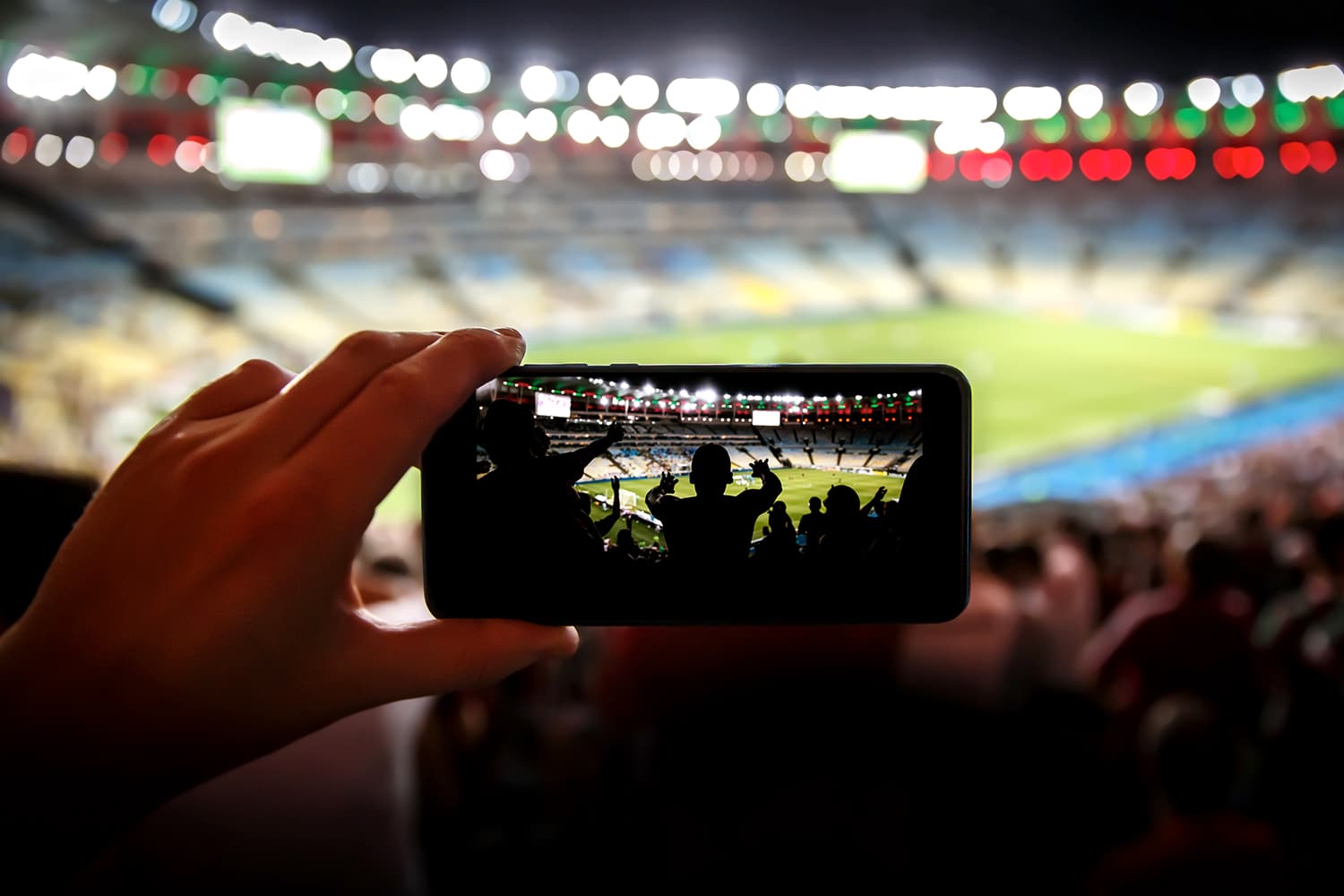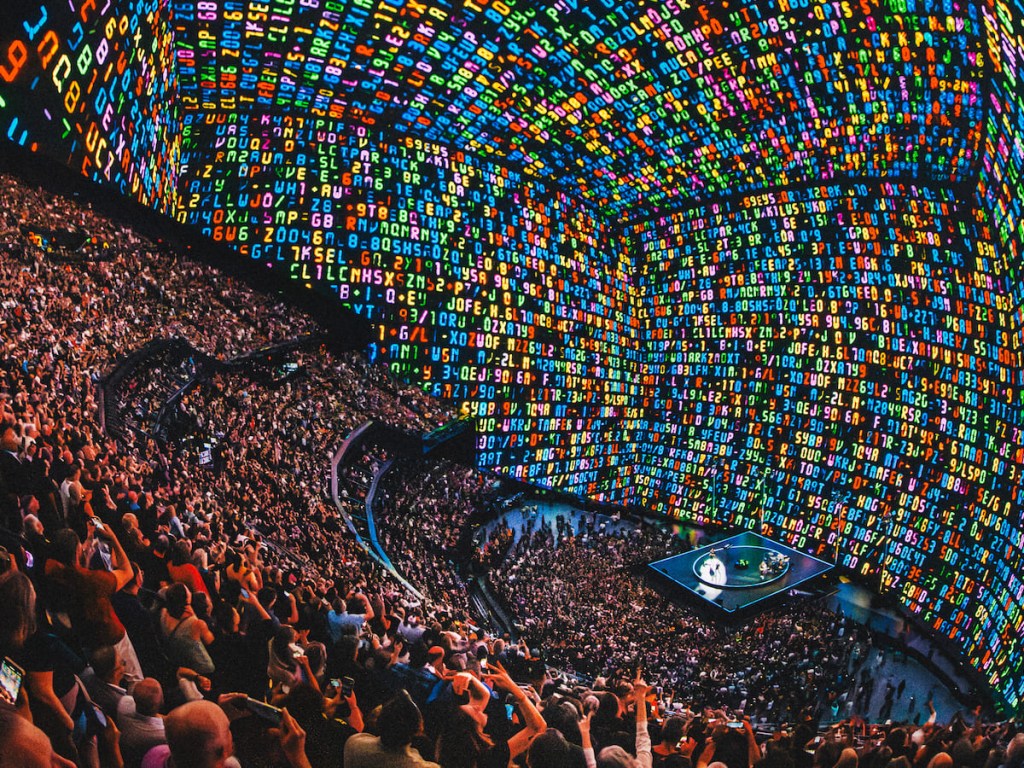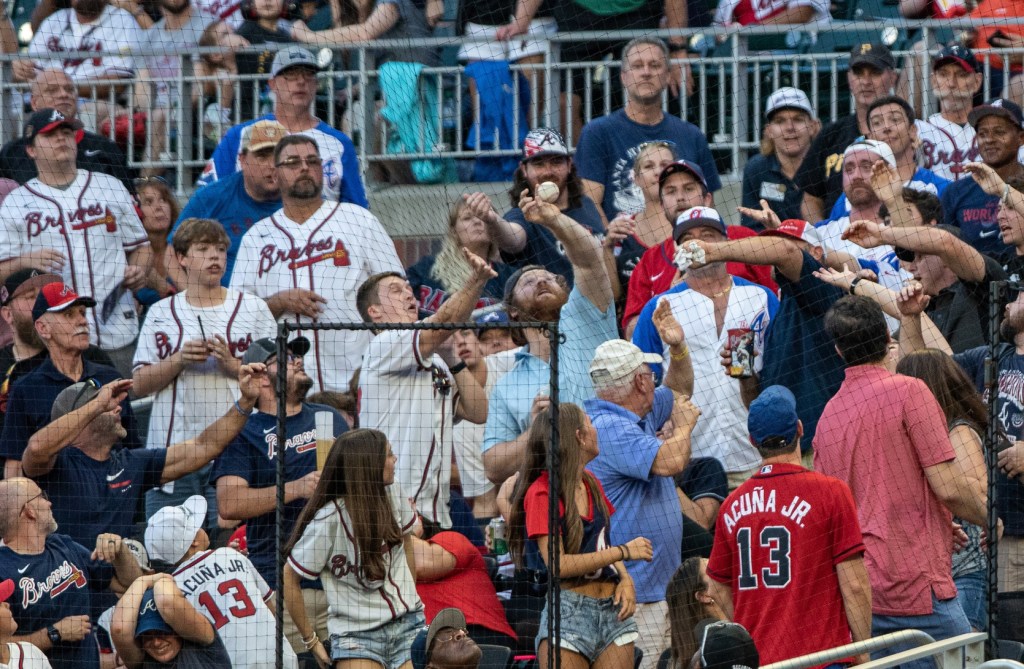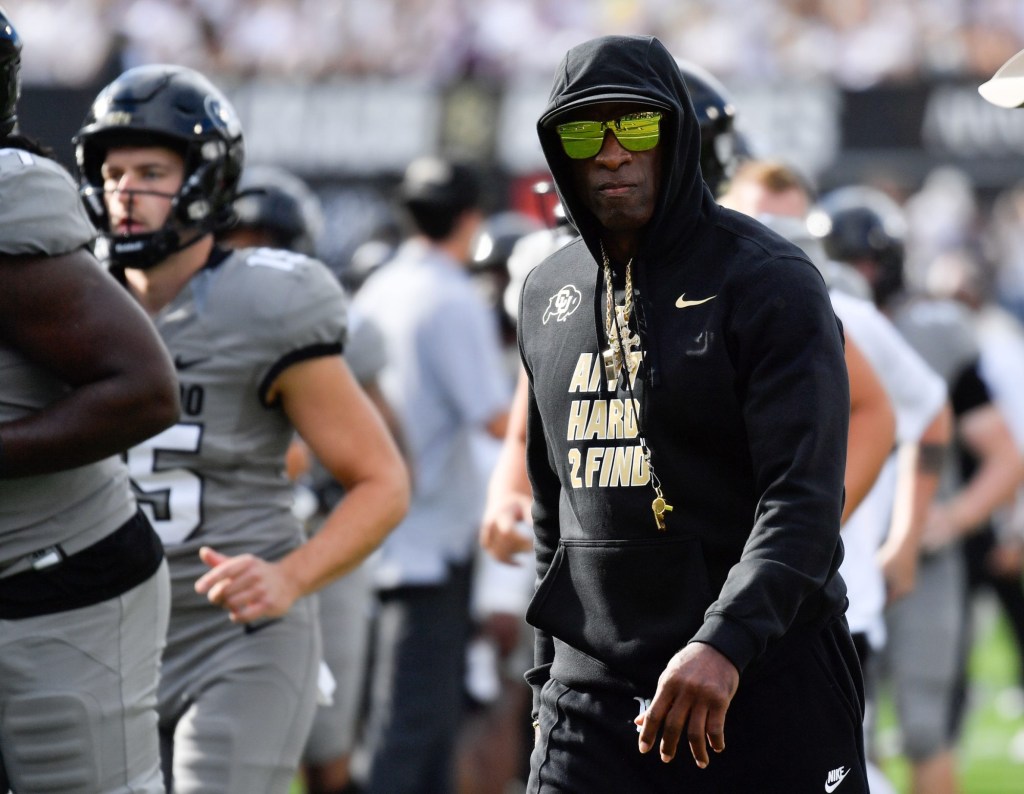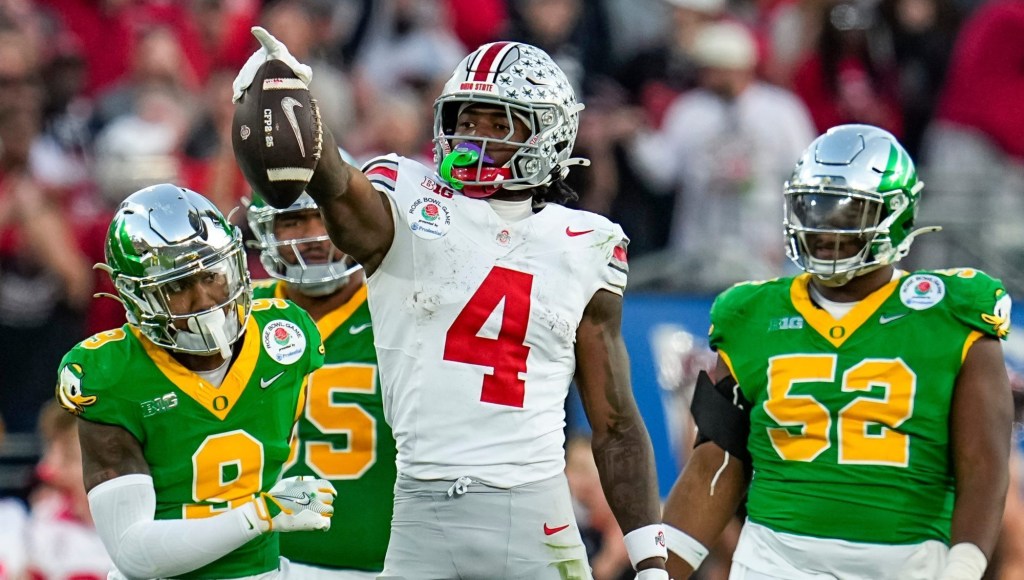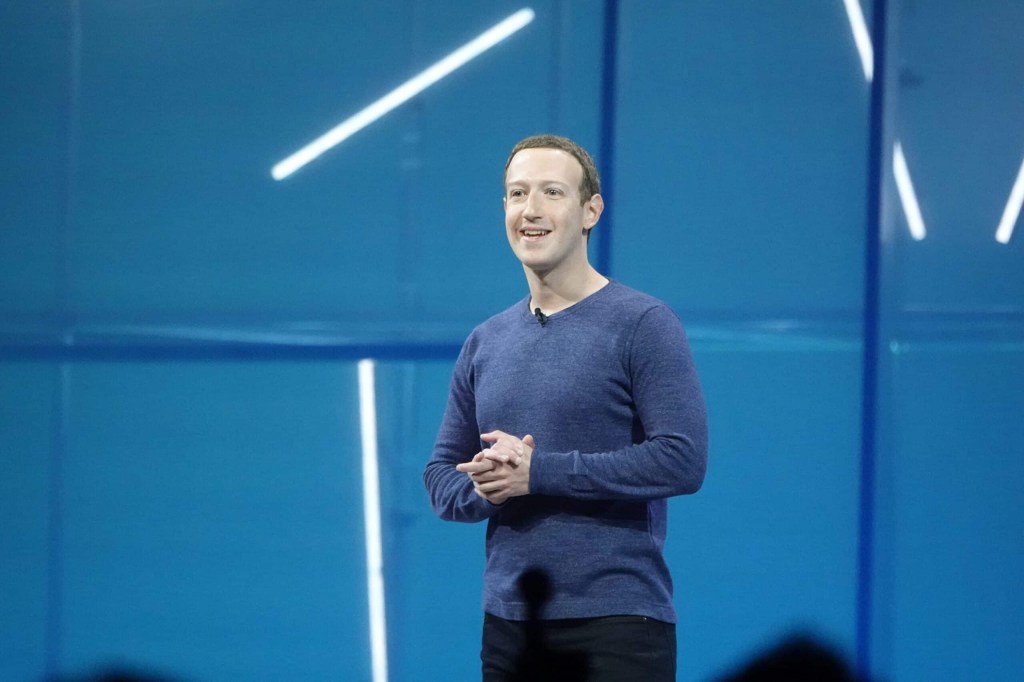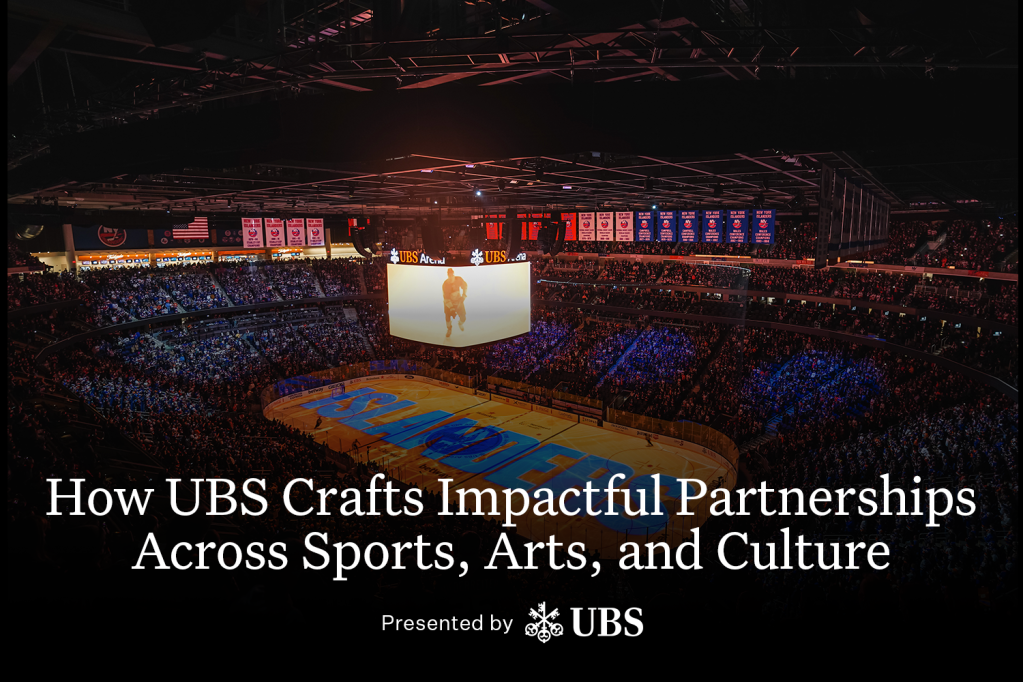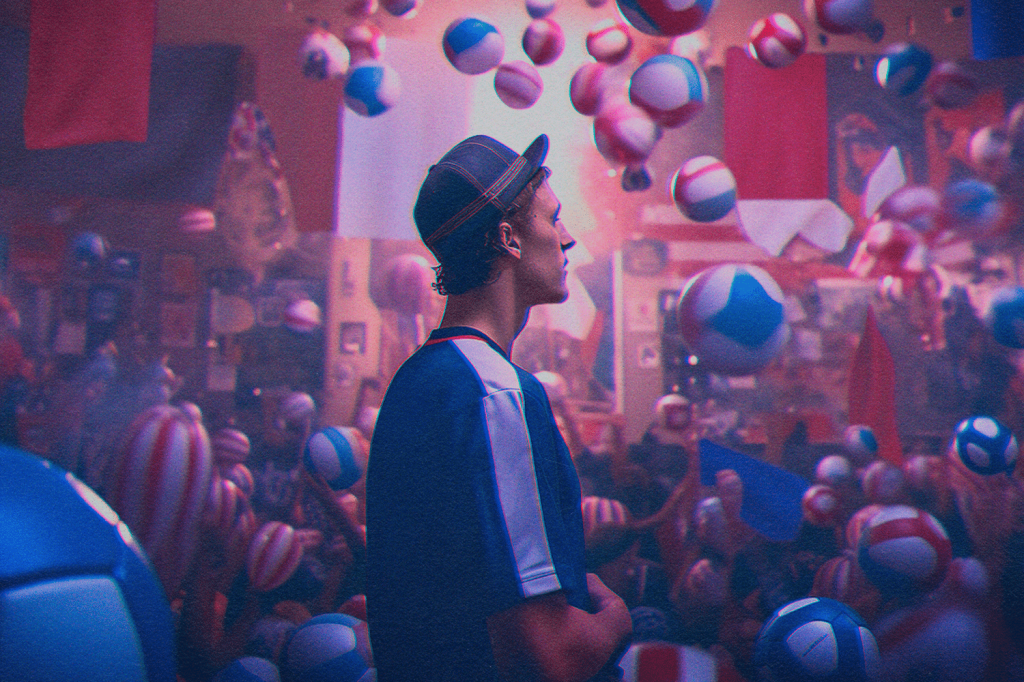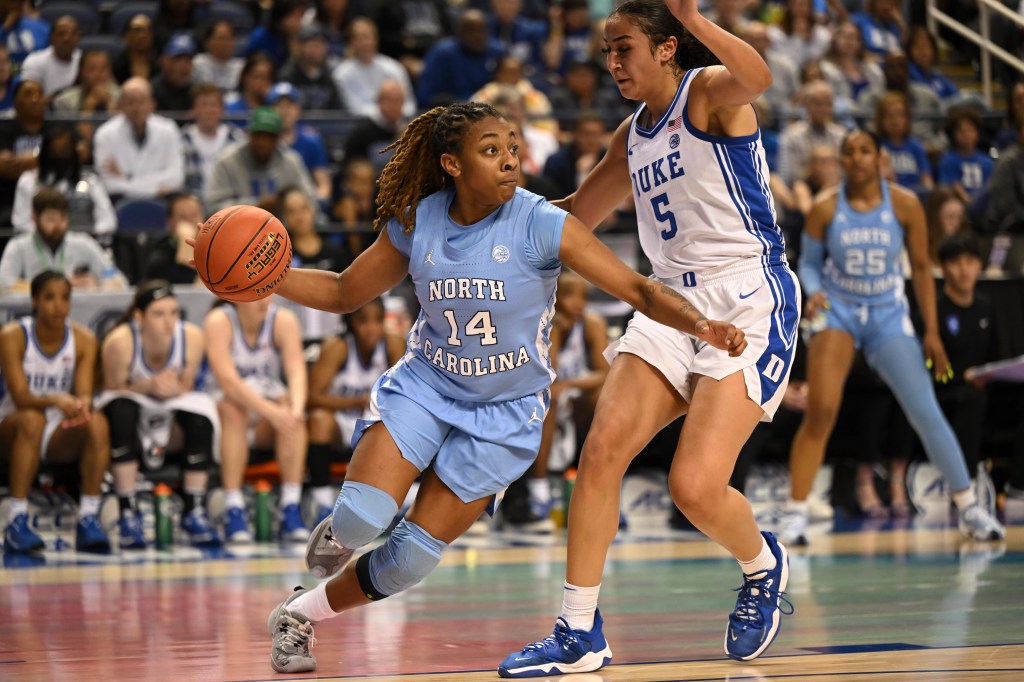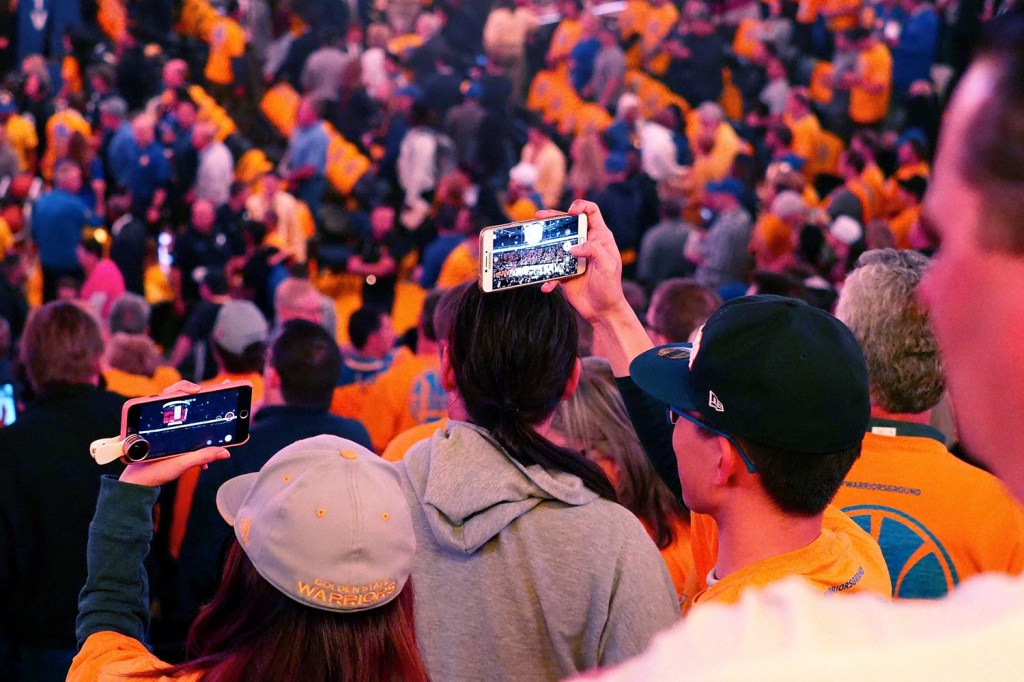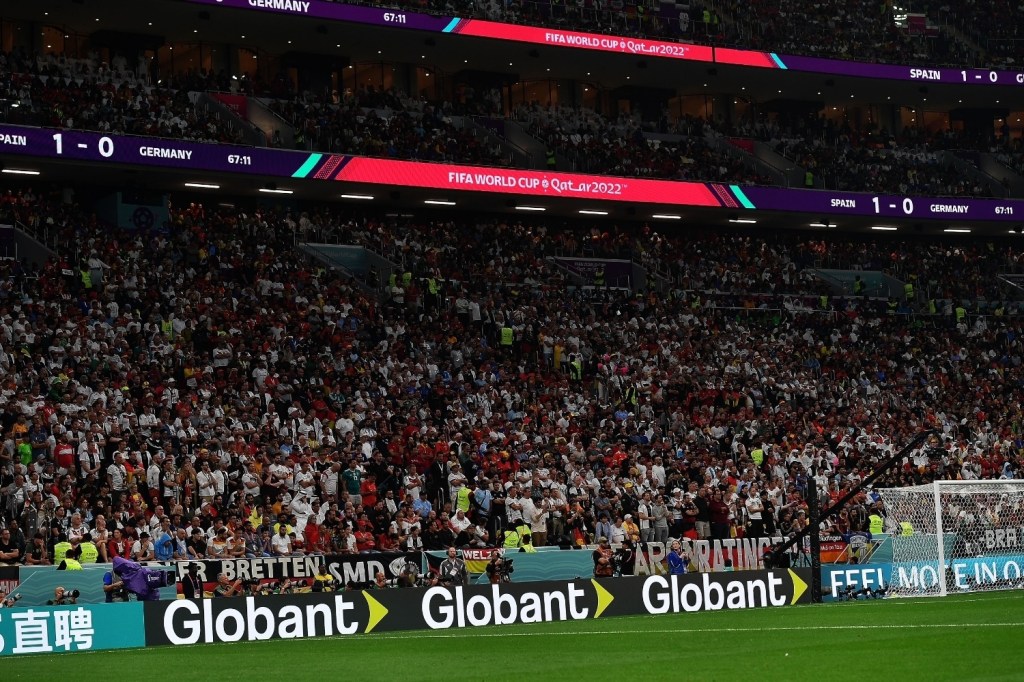However, in recent years, sports content providers have arrived at a profound understanding of how fan engagement plays an essential role in the business and commercialization of sports.
A marketing strategy developing relationships and emotional connections between sports brands and consumers has one major goal: monetization opportunities.
New technologies, trends, and applications have provided sports brands with new tools to engage, but they’ve also caused significant shifts in consumer behavior — forcing brands through processes of trial and error.
New Challenges
In the 1990s, the fan experience was pretty straightforward — you supported your team by watching on TV (local or national) or at the stadium, reading associated print media, and buying related merchandise.
With the digital revolution, fans can choose to engage with teams on a global scale via multiple channels, 24/7. Now, consumer behavior varies not only by demographic (nationality, gender, age) but by different OTT streaming platforms, social media, websites, apps, e-Stores, venues, fan zones, etc. — which results in ever-evolving challenges for brands to shift their strategies.
Research by Mintel on platform usage by gender and generation shows a wide variability:
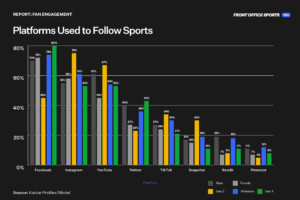
- A study by Nielsen and LaLiga Tech claimed that young sports fans today follow an average of 6.3 sports.
- According to research from the Sports Business Institute, 87% of sports fans use a second screen while watching a live sports broadcast, with some even triple-screening or more.
- A survey conducted by GlobalWebIndex on second-screen activity found that the attention of fans is fragmented.
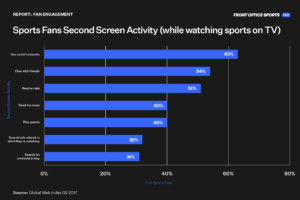
Fans’ decision-making process has become infinitely more complex — making the ability of sports brands to identify the latest trends, platforms, and technologies integral in successfully shepherding consumer journeys, levels of awareness, loyalty, and engagement.
Platforms and mediums such as TikTok, Instagram Reels, and Snapchat Discover contributed to the rising popularity of short-form videos, which shifted attention spans, content preferences, and platform utilization.
Sports brands were forced to adapt their production and digital advertising strategies to satisfy these new needs. Short-form video has required more creativity in general storytelling and specific angles as brands scramble to pump out brief, compelling content.
Additionally, the new algorithms powering massive organic distribution of content in social media have raised the entry barrier for content creators and brands by optimizing for high-quality and original content — preventing brands from going viral with low-quality or bait content and essentially leveling up the competition for attention.
Despite all the head-spinning technological changes, the goal is still to evolve and adapt.
The Evolution
We spoke with world-class, data-driven companies such as Playmaker, Nielsen, Endeavor, and LaLiga Tech to understand their approach to the new fan-engagement challenges and its foundational principles.
The first step is to invest and establish specialized teams that can build a brand personality through high-quality content.
Several sports brands are shifting their focus from timely content to either higher-quality, in-house content or to leveraging the power of influencers, athletes, and brand ambassadors through partnerships.
People follow famous people on social media, and regular consumers are more likely to trust a brand with more potential to establish a trusted human connection.
In the 2022 global sports marketing report, Nielsen found that brands partnering with athletes have the most appeal to fans:
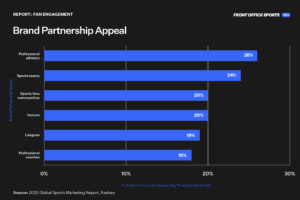
As a result — as with ESPN’s recently announced Creator Network — we’re beginning to see the development and growth of Multi-Channel Networks.
MCNs help creators grow, distribute, and monetize content based on the most recent updates in social media algorithms and consumption behaviors. Inevitably, if companies want to stay relevant, they must create content that surpasses the distribution algorithms’ quality control.
Hence, companies are scrambling to invest in talent and find the right equipment, production workflow, and type of content for the needs and interests of their fans. And are already succeeding with it.
- Tony Romo signed a 10-year, $180 million deal with CBS in 2022 to represent the brand as the NFL analyst of the network, and some estimates predict Tom Brady will earn $20 to $25 million per year with Fox under a similar deal.
- Under Armour signed the most popular Hollywood star in the world — Dwayne “The Rock” Johnson — to take a significant role in the brand through different products like footwear, apparel, and accessories.
- From the Cavender Twins to Paige Bueckers and Chase Griffin — thousands of college athletes now represent countless brands since the NIL legislation.
Building Communities and Delivering New Experiences
Fan activation through technology has become a top priority.
According to a report from Mintel, 58% of US sports fans are interested in new technologies such as increased connectivity in stadiums and artificial reality overlays to enhance their experience.
New technologies test different brands’ abilities to identify relevant consumer trends, find creative ways to align and make the necessary moves to ride the wave.
The perfect example: Nike’s transition to the metaverse. Nike understood the value of digital experiences early on and looked to engage with the small niche of early adopters of the metaverse — becoming the highest-earning brand from the new trend.
NFTs
Even though non-fungible tokens are going through a decelerating period, many sports organizations agree that we’re only scratching the surface of their value for fan engagement.
Aside from their potential to build communities, NFTs allow users to store experiences with sentimental value in digital assets that will exist forever. Diverse projects such as Reignmakers by DraftKings, Autograph, and NBA Top Shot have already generated significant traction.
On the other hand, the metaverse, virtual, and augmented reality can enable new-use cases and cater premium experiences to fans, allowing sports brands to generate fan engagement through differentiation. Many properties in sports are already trying it.
- The Minnesota Twins partnered with ARound to create engaging AR experiences at their stadium.
- Snapchat incorporated AR lenses for screens in an activation at SoFi Stadium.
- NFL partnered with Nickelodeon to create “NFL Slimetime” to attract younger audiences to their broadcasts.
Sports brands must be willing to step into new and alternative platforms, go directly to the consumer (D2C), tap into more niche audiences, and innovate to stay relevant.
The Power of Offline and In-Person Engagement
Even with the rise of the digital fan journey, live experiences still hold unique appeal for creating unique memories and authentic engagement with their fans.
In-person events can activate multiple human senses that digital platforms simply cannot. The noise and solidarity of an excited crowd, the smell of concessions, the taste of a stadium beer — all the stimuli derived from live entertainment are yet to be simulated or bettered by any form of digital engagement.
The aim of most brands is now to make the actual sports action secondary — a supplement to the digital experience. Come for the product; stay for the experience. Some of the most recent innovations include:
- Fast, secure, and free wifi inside arenas
- Dynamic mobile apps provide services and information like ordering concessions from your seat, navigation to the nearest bathroom, personalized content during halftime, and virtual queues, among others.
- Promotions and discounts in concessions and merchandise for specific conditions, such as fans wearing the latest jersey to the game or opening specific timeframes for diverse purchases.
The Bottom Line
The consequences of technology can summarize the evolution of fan engagement in sports. New tools let sports brands tap into new audiences and personalize content. Live, digital, or mixed experiences open more opportunities for engagement, but these tools also shift consumer behavior and preferences.
With fierce competition for attention, the companies willing to invest resources and step out of their comfort zones to create authentic relationships with fans will, ultimately, be the champions of the new era of fan engagement.
